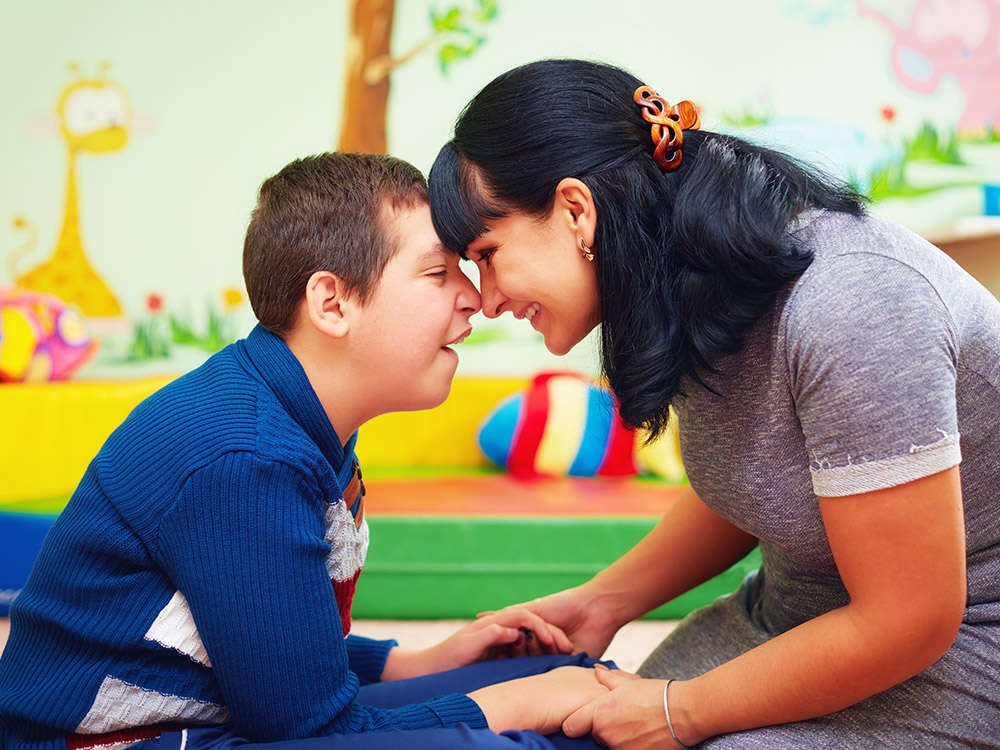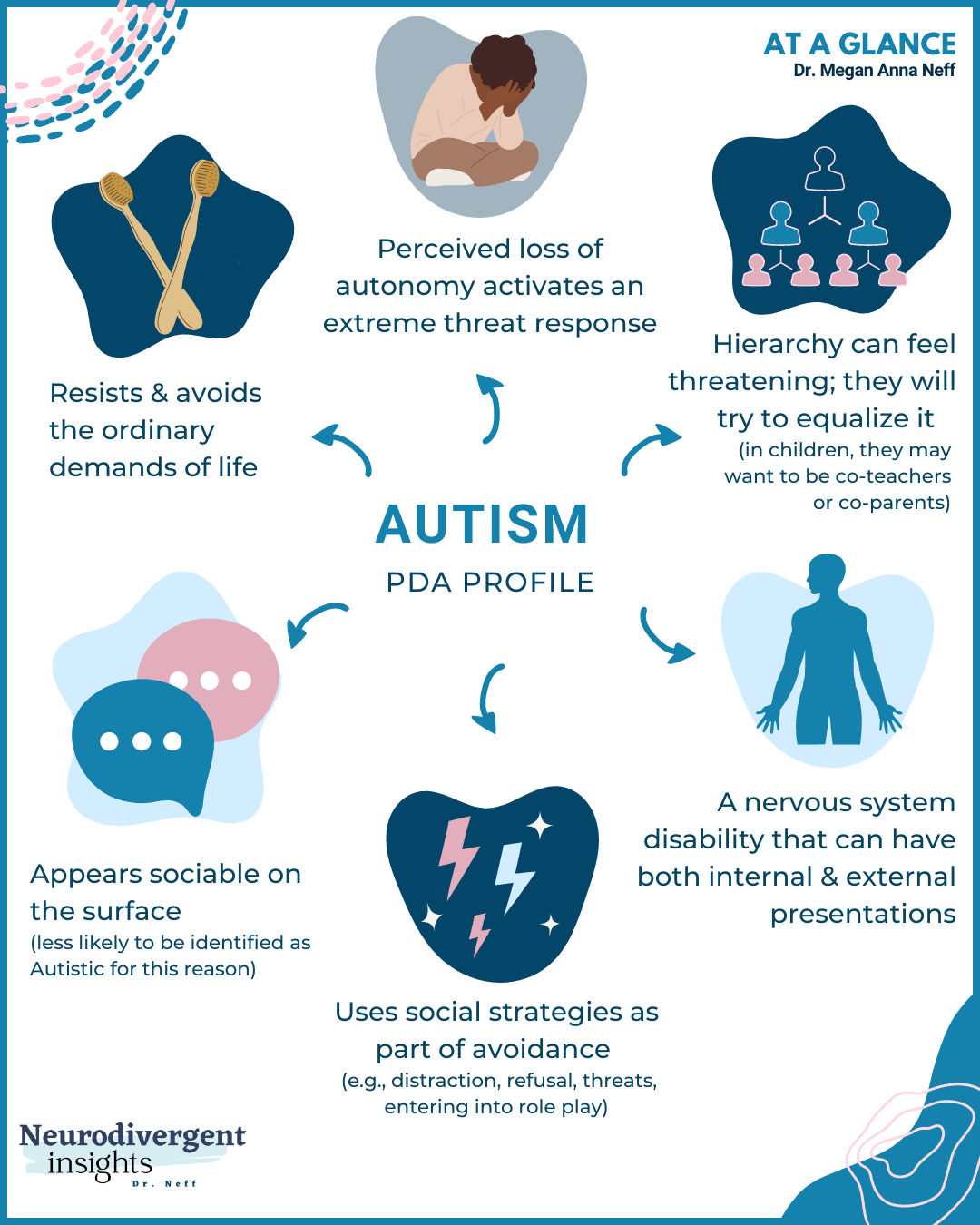Exactly How to Interact Efficiently with Loved Ones on the Autism Spectrum
Comprehending Autism: A Comprehensive Guide to Signs and indications
Autism Spectrum Disorder (ASD) includes a broad array of attributes that can dramatically influence an individual's social interactions and daily performance. Comprehending these subtleties not only aids caregivers and teachers in supplying suitable assistance however likewise fosters an extra comprehensive environment for individuals with ASD.
Introduction of Autism Spectrum Disorder
Defining Autism Range Disorder (ASD) includes identifying it as an intricate neurodevelopmental condition identified by a variety of difficulties in social interaction, communication, and behavior patterns. The term "range" mirrors the vast variability in signs and symptoms and their extent, which can differ dramatically from one person to an additional. ASD usually manifests in early childhood, although some individuals might not get a diagnosis until later on in life.
Elements affecting the advancement of ASD consist of hereditary predispositions and environmental aspects, although the exact reasons stay under examination. Diagnosis often depends on behavior analyses, as there are no clear-cut medical examinations for ASD. Early treatment is vital and can dramatically improve outcomes, concentrating on enhancing interaction abilities, social communications, and adaptive actions.
People with ASD may also display one-of-a-kind strengths, such as exceptional interest to detail or particular areas of competence. Recognizing the complex nature of ASD is crucial for promoting a comprehensive atmosphere that fits neurodiversity. Continued study is crucial for developing reliable interventions and support group, enabling individuals with ASD to flourish and meet their prospective within culture.
Typical Indicators of Autism
Acknowledging the usual indications of Autism Spectrum Condition (ASD) is crucial for early recognition and treatment. These signs can vary extensively in severity and discussion, yet particular qualities are regularly observed in individuals with ASD.
Among one of the most prevalent indications is a marked problem in establishing and keeping eye contact. People might also display restricted passion in social communications and show a choice for singular play. Recurring behaviors, such as hand-flapping, rocking, or spinning things, often emerge early in youth. In addition, some youngsters may develop strict regimens and come to be troubled if these regimens are interrupted.
Sensory level of sensitivities are additionally usual; individuals might panic or underreact to sensory stimulations, such as textures, noises, or lights. autism. Language development can be irregular, with some youngsters showing delayed speech or utilizing language in uncommon means, consisting of echolalia-- repeating expressions or sentences listened to in other places
It is necessary to note that not every individual with ASD will show all these signs, and the level of these behaviors can differ considerably. Early recognition enables timely assistance and sources, boosting the top quality of life for those on the spectrum.
Social Interaction Difficulties
Social communication difficulties are a trademark of Autism Range Problem (ASD), impacting an individual's capacity to involve efficiently with others. These problems can manifest in numerous methods, including obstacles in starting and preserving discussions, comprehending social hints, and reacting suitably in social interactions.
People with ASD might deal with nonverbal interaction, such as eye call, faces, and body language. This can cause misconceptions, as their communicative intent may not be properly interpreted by others. They might locate it challenging to comprehend the subtleties of tone and context, which are important for effective communication.
In team settings, people with ASD might feel overloaded and might not understand exactly how to join in discussions (autism). They may additionally show atypical conversational patterns, such as monologuing about certain interests without recognizing social reciprocity
Moreover, these difficulties can lead to social isolation or problems in developing relationships, as peers may misunderstand their behavior or communication design. Recognizing these social interaction obstacles is vital for fostering encouraging atmospheres that promote social skills advancement and improve the quality of interactions for individuals on the autism spectrum.
Sensory Responses and level of sensitivities
Lots of individuals with Autism Range Problem (ASD) experience increased sensory sensitivities that can substantially influence their lives. These sensitivities might materialize as have a peek at this site over-responsiveness or under-responsiveness to sensory stimulations, including sounds, lights, structures, preferences, and smells. For example, a person with ASD might locate daily noises, such as a hoover or crowded environments, overwhelmingly traumatic, resulting in anxiousness or meltdowns. Alternatively, some might display an indifference to discomfort or extreme temperature levels, which can posture safety and security issues. click reference
Sensory processing distinctions in individuals with ASD can likewise affect their ability to involve in regular tasks and social interactions. For instance, a child who is sensitive to touch may withstand physical affection or avoid particular apparel fabrics. A preference for particular textures or preferences can limit dietary choices and produce difficulties throughout mealtimes.
Recognizing these sensory level of sensitivities is vital for recognizing the distinct experiences of individuals with ASD. Recognition of their sensory accounts can cultivate better interaction and support strategies, creating a setting that accommodates their demands and enhances their lifestyle. Eventually, recognizing sensory sensitivities is an important element of understanding the more comprehensive spectrum of autism.

Sustaining People With Autism
Efficient support for people with Autism Spectrum Condition (ASD) is essential for improving their general health and cultivating independence. Assistance strategies ought to be customized to satisfy the distinct needs of each individual, considering their challenges and toughness.

Social skills training can likewise play a critical duty. autism. Engaging people in group activities or role-playing circumstances can boost their capability to browse social communications. In addition, it is necessary to inform relative, caregivers, and peers regarding ASD to foster a inclusive and helpful neighborhood
Final Thought
By cultivating improved communication and social abilities, people with autism can browse their settings a lot more efficiently. Eventually, boosted awareness and assistance can substantially improve the high quality of life for those influenced by ASD.
Autism Spectrum Condition (ASD) includes a broad array of attributes that can substantially influence an individual's social interactions and day-to-day functioning.Individuals with ASD may battle with nonverbal interaction, such as eye call, facial expressions, and body language.Lots of individuals with Autism Range Disorder (ASD) experience enhanced sensory level of sensitivities that can dramatically impact their everyday lives.Sensory handling distinctions in individuals with ASD can additionally impact their capacity to involve in routine tasks and social communications.Comprehending these sensory level of sensitivities is important for identifying the distinct experiences of people with ASD.